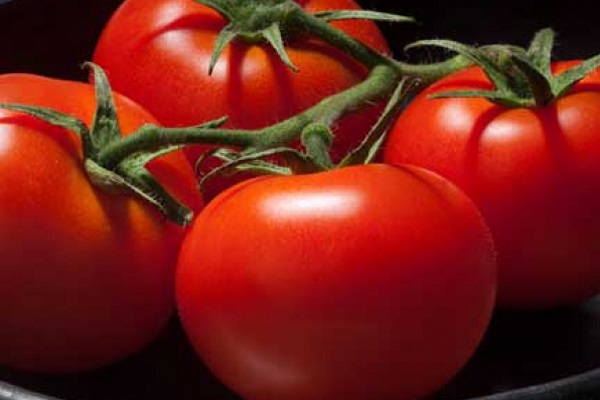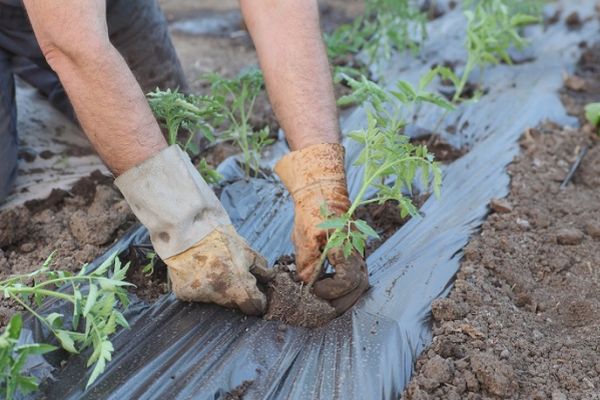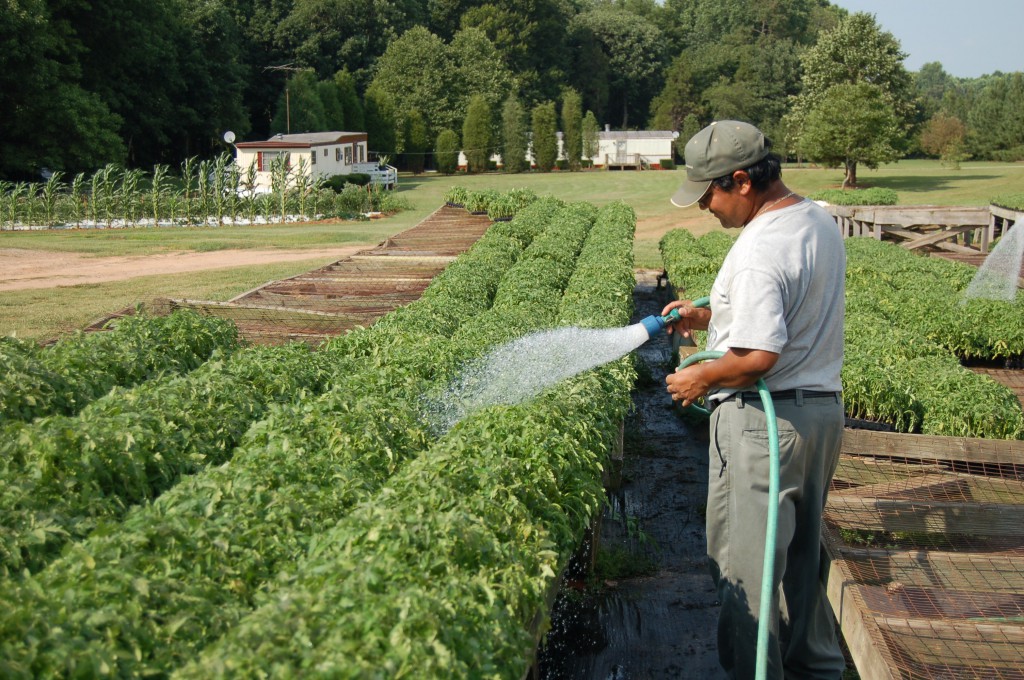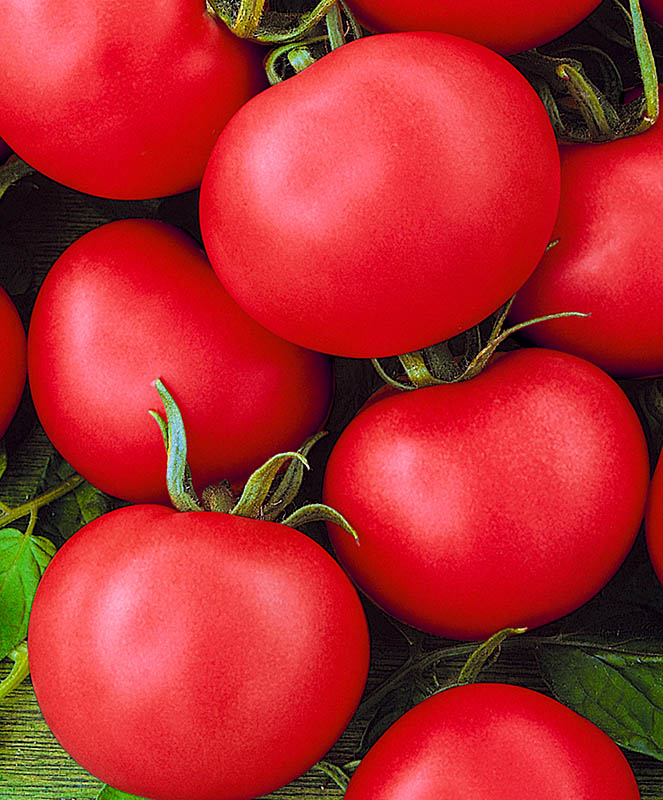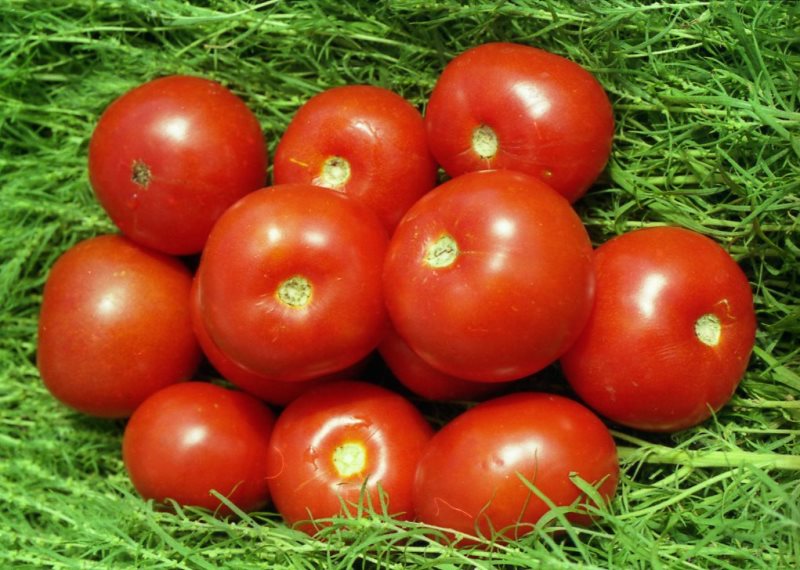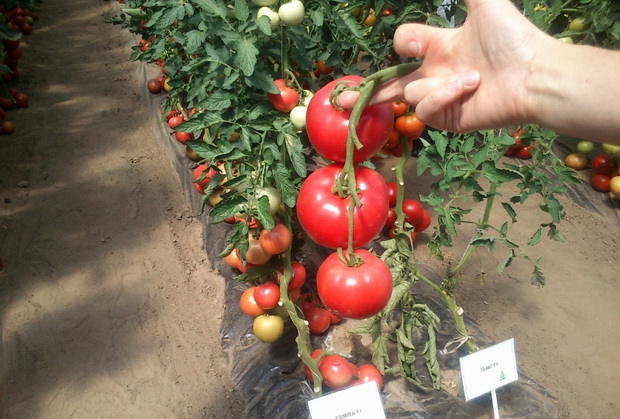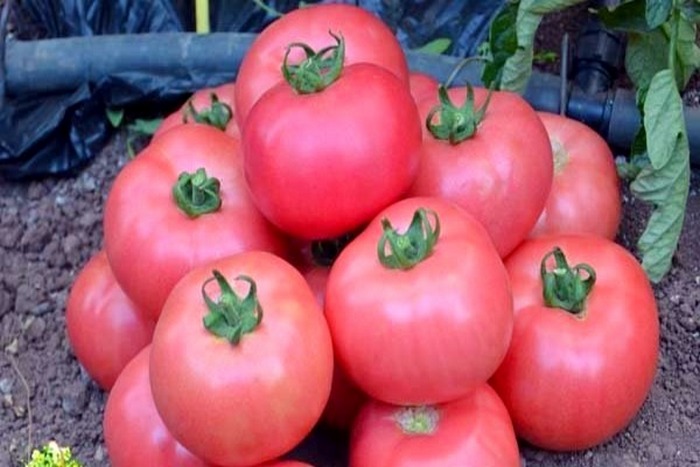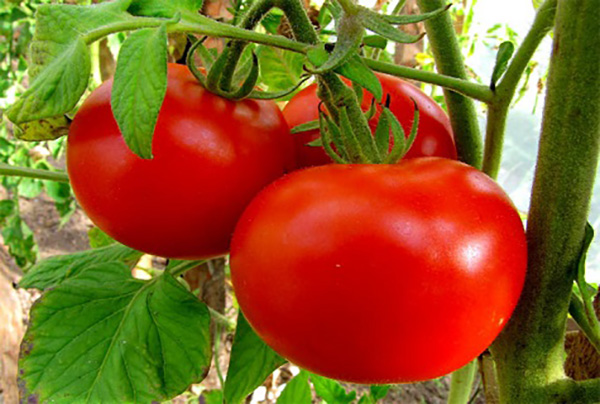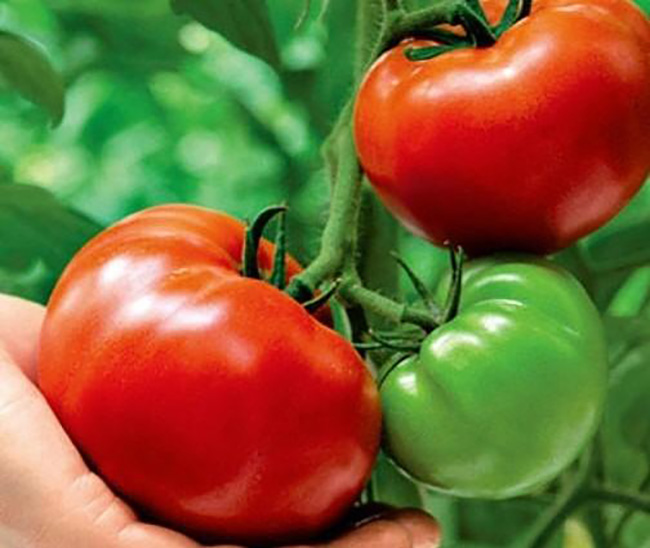Content:
Tomato Effect is a delicious salad vegetable with a low yield, no more than 5 kg of fruits per bush. However, stable fruiting until late autumn pays for this disadvantage.
Tomato Effect: characteristics and description of the variety
Solanaceous crop Effect f1 is a hybrid tomato variety intended for cultivation in open garden beds. The plant has determinant properties, which determines the height of the bush no more than 80 cm.
After the emergence of seedlings, it takes about 4 months for the fruit to ripen. However, the ability for long-term fruiting provides growers with delicious fresh vegetables before frost.
Tomatoes The effect should be placed in a well and evenly sunlit area. Warm sunny days are the main condition for the successful uniform ripening of fruits, endowed with sweet juice.
Tomato growing rules Effect
Strong seedlings with a strong root system are the key to a good harvest. Such seedlings are obtained only when they are provided with a full range of nutrients, which they receive from a single source - soil.
Planting seedlings
For growing tomatoes Effect use the seedling method. Start planting seeds in the second half of March. The sequence of planting stages:
- the soil substrate is harvested in the fall. The recommended composition of the soil mixture: sod land, peat, river sand or peat (or sod), humus, taken in a ratio of 1: 1: 1. Instead of peat, compost or deciduous soil can be used;
- before planting seeds, the prepared soil is disinfected. This can be done in winter by exposing the prepared substrate several times to frost, or using disinfectants, for example, watering with a solution of 3 g of manganese in 10 liters of water. In this case, you need to add drugs, the action of which is directed against the causative agents of fungal infection;
- the seeds should be planted in moist soil to a depth of no more than 2 cm. The distance between the seeds is 2-3 cm. The container is covered with foil or glass, providing the seeds with greenhouse conditions. The room should be kept at a stable temperature within 25 ° C;
- after the emergence of shoots, the film (glass) is removed from the container. The indoor temperature must be maintained at 25 ° C for a week for the seedlings to adapt. Then it is gradually reduced by 4-5 degrees;
- during the period of growth and development of seedlings, daylight hours should be increased by 2-3 hours, using electric illumination;
- seedlings should be gradually adapted to outdoor conditions. To do this, the containers are taken out into the street, gradually increasing the time of their stay in the fresh air. In good weather conditions, seedlings that have fully adapted to the weather conditions can be left out.
With the appearance of the first pair of true leaves, the seedlings dive. Spacious planting containers are prepared for plant transplantation. Under such conditions, the plants will be provided with a sufficient volume of nutrient substrate for the development of the root system and the entire plant as a whole.
Plant care in soil
The grown, fully formed seedlings are prepared for planting in the garden in mid-May.Warm weather conditions, well-warmed by the sun, the earth will contribute to the rapid growth of tomato seedlings.
The main care for tomato seedlings is watering, loosening, removing weeds and applying top dressing.
Excessive moisture has a negative effect on tomato planting. Effect. It slows down the pollination of flowers, causes them to shatter.
Tomato Effect is described in the description as a determinant variety. The height of an adult bush reaches 80 cm. A strong compact plant can do without a garter, however, the support will provide it with better growth conditions.
No more than four bushes of seedlings can be planted per 1 square meter of the bed.
Seedlings in the garden can be mulched, not forgetting to periodically loosen the soil around the trunks. Peat can be used as mulch. This technique will allow you to retain moisture in the garden and relieve planting of weeds.
The plant responds well to feeding. For the entire growing season, the plant needs 4 alternating fertilizing with organic and mineral fertilizers.
After flowering, fruits develop on the tomato bushes. Ripe tomatoes are red in color, very juicy, but at the same time have a dense pulp. This property contributes to good transportability. Tomato Effect, grown as a salad crop, has good reviews among canning and pickling lovers.
